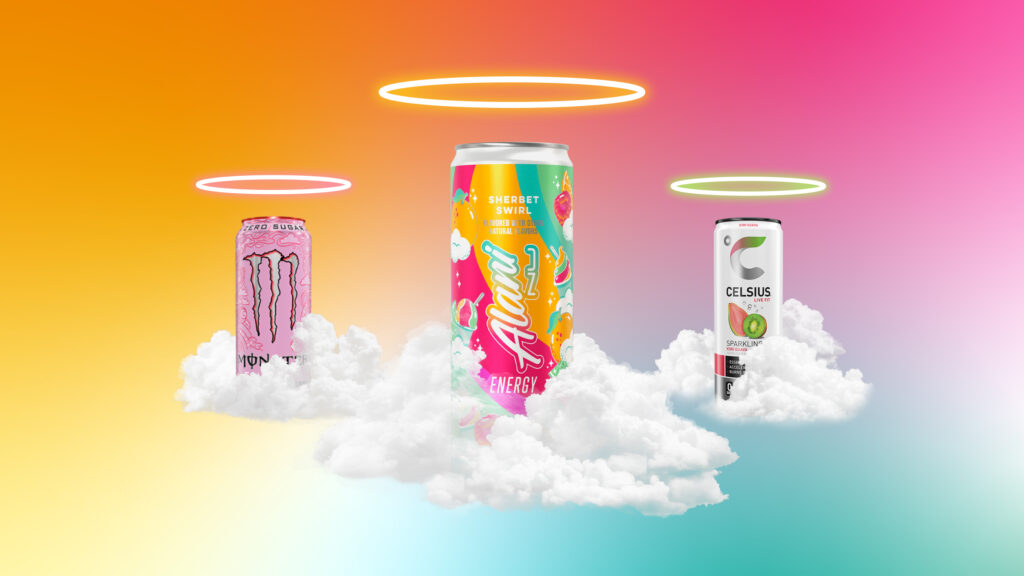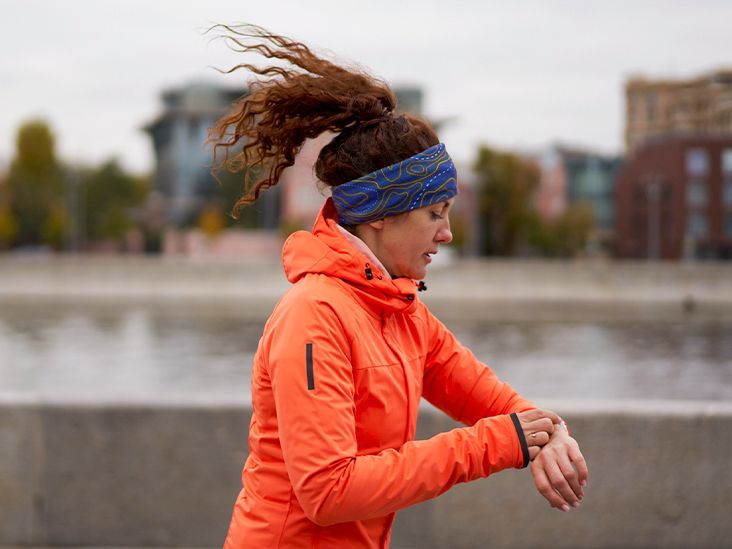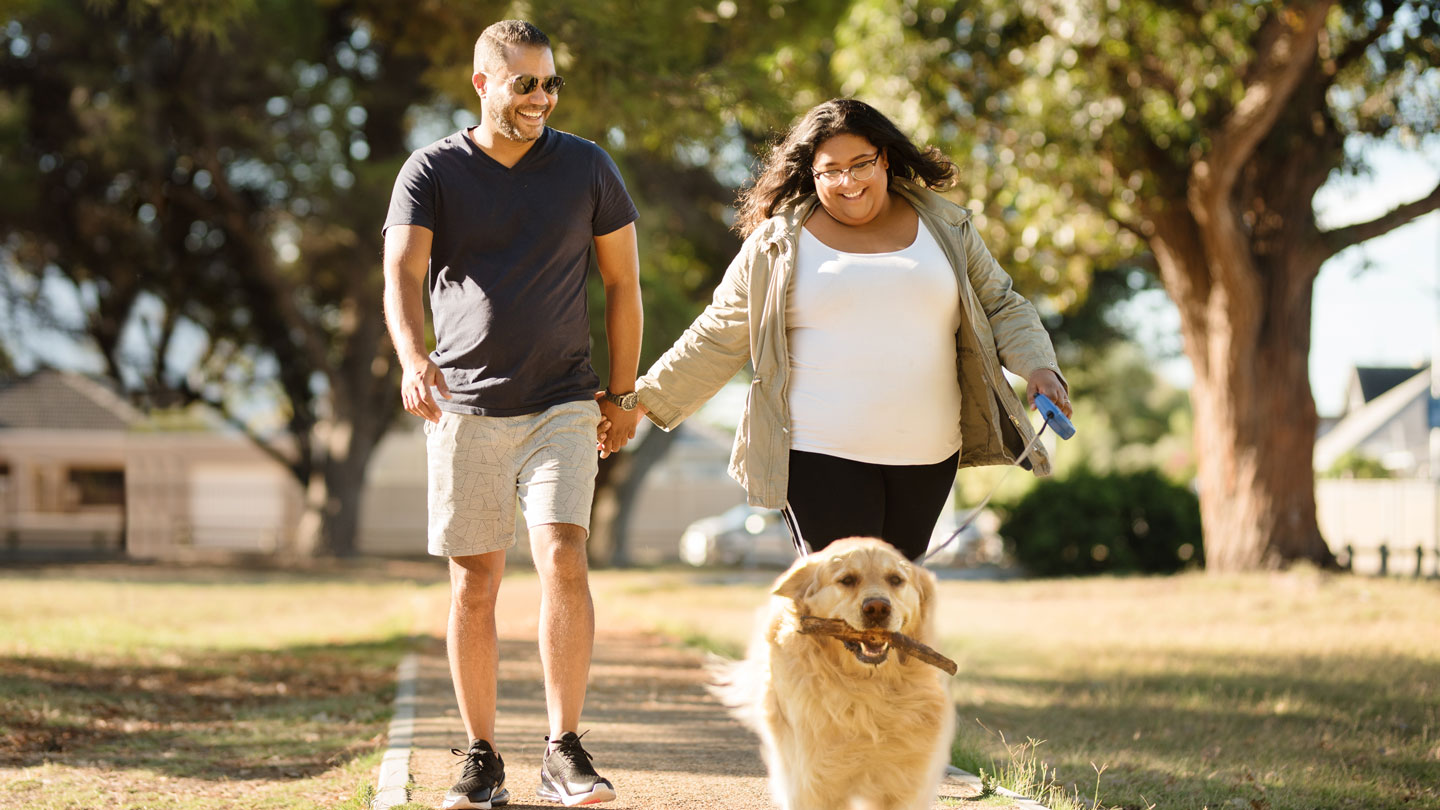The energy drink cans are the colors of a tropical beach sunset — aqua and tangerine and neon pink — so they really pop when lined up for fridge organizing shots on TikTok. They’re sugar-free but come in summery dessert flavors like Sherbet Swirl. On social media, the drinks are brandished by members of an official collegiate ambassadors program, gymnasts and cheerleaders whose dewy complexions suggest they’ve never had a hangover or slept through their alarm after a late-night study session.
Alani Nu, which was founded in 2018 by fitness influencer and coach Katy Hearn and acquired by competitor Celsius for $1.8 billion this spring, has styled itself as the nectar that fuels today’s effortlessly high-achieving, hummingbird-like young woman. (You can imagine Margot Robbie cracking open a can in the “Barbie” movie, just before her character experiences an existential breakdown.) Its success shows how the $22 billion energy drink industry, long dominated by labels like Monster and Red Bull that use extreme sports swagger to appeal to young men, is tapping into the aesthetics of health and wellness to reach new demographics and continue its exponential growth.
Many of the newer breeds tout “better for you ingredients” and benefits, from biotin (“oh, that hair skin + nails,” promises the copy on Gorgie) to lion’s mane mushrooms (“boosts memory, focus, and mental clarity,” declares the vaguely intellectual Odyssey). One hedge fund recently said it was betting against the $55 billion Monster empire, predicting it would be edged out by brands that appear more health-conscious.
The problem, health experts say, is the new wellness-themed marketing may be worsening consumer confusion over the risks of energy drinks. Many energy drinks contain supercharged doses of caffeine that are particularly risky for children, teenagers, people who are pregnant or breastfeeding, and people with underlying heart conditions. More surprising may be their potential dangers when working out, particularly since energy drinks are often promoted by fitness influencers and athletes. Researchers also worry the health risks may be compounded when combined with other common energy-drink ingredients like the amino acid taurine and guarana, a plant seed that contains caffeine.

“We’re seeing kids who show up with tachycardia,” or rapid heartbeat, said Mark Corkins, the division chief of pediatric gastroenterology at the University of Tennessee Health Science Center. “Some of them have chest pain and you find out they drink three or four energy drinks a day.”
It’s not just adolescents, Corkins said, but preteens too. He tells parents and kids the same thing: Energy drinks are not benign, nor are they a substitute for sleep.
“People just don’t have any idea of what they’re getting,” said Victoria Vetter, a pediatric cardiologist at the Children’s Hospital of Philadelphia who co-authored a recent commentary on energy drinks’ risks to young people. She recalls evaluating a 7-year-old patient for an abnormal heart rhythm and asking if he drank any caffeine. Sure enough, his parents had bought him YouTube influencer Logan Paul’s Prime Energy, which contains 200 milligrams of caffeine, after he saw a video game influencer drinking it and asked for one. (The brand also has a caffeine-free drink, Prime Hydration, with similar packaging, albeit in a bottle rather than a can — which critics say creates more potential confusion.)
The American Beverage Association, which represents 94% of the U.S. energy drink market, said in a statement that for more than a decade, its members “have gone beyond all federal requirements when it comes to responsible labeling and marketing practices by displaying total caffeine content from all sources on labels and adhering to a long-standing commitment to not market to children.”
The American Academy of Pediatrics recommends that children under age 12 avoid caffeine entirely, and that adolescents between 12-18 have no more than 100 mg per day. But an estimated 30%-50% of adolescents in the U.S. still consume energy drinks, many of which contain between 160-300 mg of caffeine per can. Some high schools even make them available in vending machines and cafeterias. Making them all the more risky is that many “are marketed in a way that makes them appear not to be energy drinks — not to be highly caffeinated products that could potentially be dangerous,” said Frances Fleming-Milici, director of marketing initiatives at the UConn Rudd Center for Food Policy and Health.
Research has linked energy drinks to cardiovascular issues like arrhythmias and, in rare but potentially fatal cases, sudden cardiac arrest, along with a wide range of health problems like seizures, stomach problems, poor sleep, and higher levels of stress and anxiety. That said, it can be difficult to tell whether energy drinks are a direct cause of such health problems or merely correlated with them. The most recent data from America’s Poison Centers shows an uptick in calls about exposure to energy drinks in children and teens up to age 19, with 2,609 calls in 2024.
Energy drinks, the 24/7 beverage
The health risks of energy drinks were a hot topic in the U.S. about a decade ago. Since then, the market has only grown. As of 2025, there were 254 energy drink businesses in the U.S., compared to just 49 in 2015.
“What we’ve learned over the years is that energy is a need state” for which there’s round-the-clock demand, said Michael Bellas, head of the research and consulting firm Beverage Marketing Corporation. Other than water, he said, energy is the No. 1 fuel that today’s anxious, hassled consumer relies upon: “You can do it 24/7.”
Leaning into that broad appeal, energy drinks are increasingly blending into the broader functional beverage market alongside probiotic sodas, hydrating sports drinks, and adaptogenic elixirs containing ingredients like hemp or ashwagandha meant to help with mood and stress.
The $9 billion Celsius strategically built its brand within the health and beauty category in grocery stores, “next to the Atkins and the protein bars,” as CEO John Fieldly said in a recent interview, and then became affiliated with the wellness movement during Covid. Now the third-most-popular energy drink in the U.S. after Monster and Red Bull, a 12-ounce can of Celsius contains 200 mg of caffeine per can — half of the maximum daily amount considered safe for adults. (Twelve ounces of coffee contains anywhere from 113 mg to 247 mg of caffeine, according to the FDA.) Though it’s labeled as an energy drink, some find it easy to mentally miscategorize: It’s often shelved alongside sparkling and flavored waters in grocery stores, featuring a “Live Fit” motto and minimalist packaging with pictures of berries or passion fruit.
High school and college-age women are drawn to Celsius because it’s low-calorie, experts say, and claims to help speed up metabolism. The Wall Street Journal reports the drinks are popular among young women with eating disorders, who may be more susceptible to adverse effects from too much caffeine. Celsius also markets itself as a pre- or post-workout drink, holding influencer events at the Pilates-inspired gym Solidcore — which also sells cans in studios at a discount to members. “That’s something that is really not recommended to do at any age, is to consume these products and exert yourself and exercise,” said Fleming-Milici.
The American College of Sports Medicine recommends that energy drinks be avoided before, during, and after strenuous activities, noting that some deaths allegedly linked to energy drinks happened under those circumstances. In the past year, Katie Donnell, a teacher who habitually drank three energy drinks a day as part of her workout routine, died after a heart attack at age 28. Eighteen-year-old mixed martial arts athlete Zach Doran, who had a fatal heart attack, reportedly consumed energy drinks regularly. It’s not known whether or to what extent the energy drinks played a role in their deaths.
Other energy drinks are leaning less into wellness and more into partnerships with brands and flavors associated with childhood innocence. Ghost and C4 have energy drinks in varieties like Welch’s Grape, Sour Patch Kids, and Popsicle. If it sounds like those might appeal to young kids, there are several regulatory complaints and a recently dismissed class-action lawsuit that make exactly that argument.
In her research on energy drink consumption among teens and children, Teesside University public health nutrition professor Amelia Lake found that parents were using energy drinks as breakfast substitutes. “The word energy is really positive — it’s going to give you energy and improve concentration,” she said.
Back in 2018, Lake campaigned with celebrity chef Jamie Oliver to curb sales of the product to young people in the U.K., prompting a number of grocery store chains to voluntarily instate age requirements. Energy drinks “remain the fastest-growing sector within the soft drink market,” said Lake, who is also the deputy director of Fuse, an inter-university center for translational research in public health. “They are highly profitable, and their manufacturers will say they are not marketing to children or young people. But when they are associated with everything that is part of youth culture — music, extreme sport — they can’t help being part of youth culture.”

The health risks of energy drinks
The most serious risks of energy drinks involve their impact on the heart, said Vetter, the pediatric cardiologist. “They increase heart rate, do all of these abnormal things — it can increase the likelihood of having a coronary event, a blockage of the artery, or a perforation of the artery,” she said. “Anybody who is more susceptible to these things is going to be more significantly affected, but a lot of people don’t know they’re at risk” — particularly young people who haven’t lived long enough for an underlying heart condition to be identified.
A Mayo Clinic study published last year found that seven out of 144 survivors of sudden cardiac arrest had consumed an energy drink within 12 hours of the event. Four of the survivors had heart rhythm disorders, while three had no clear underlying cause. That’s a small sample size, and the authors note that energy drinks may be just one of several factors contributing to the “perfect storm” of circumstances that led to the sudden cardiac arrest. But they found sufficient evidence to say that energy drinks could be triggering for people with underlying heart disorders, and urged the Food and Drug Administration to provide guidelines about energy drink consumption and risks.
Coffee, of course, also contains caffeine — but it’s less trendy among young people, less concentrated, and less likely to be downed quickly as a pre- or post-workout beverage. And it’s not just the caffeine that’s a potential risk for people with underlying conditions. “The energy drinks have a lot of other substances in them,” Vetter explained, the effects of which are not fully understood.
Beyond heart issues, health experts have also sounded alarms about links between energy drinks and seizures, gastrointestinal problems, dental issues (varieties like Monster often contain as much sugar as soda), and worse mental health — potentially because of all that tossing and turning that over-caffeinated people tend to do instead of sleep. Studies have linked energy drink consumption among young people with higher levels of anxiety, depression, stress, and insomnia.
“What happens is, you feel good immediately and then there’s a big crash,” said Vetter.
Energy drink bans and caffeine labeling proposals
Concerned about the potential harms for people whose bodies are still developing, countries in Europe are increasingly cracking down on sales of energy drinks to minors. Lithuania, Latvia, Turkey, the Galicia region of Spain, and Sweden have age requirements, and more recently Poland and Kazakhstan have followed suit. The U.K. Labor party pledged last year to ban energy drinks for children under 16 if elected to power (they won, though no law has been announced yet), and Czech lawmakers are moving forward with a similar ban.
In the U.S., the Sarah Katz Caffeine Safety Act, a House bill introduced by Rep. Robert Menendez (D-N.J.) in March, would introduce some restrictions. Named after Katz, a 21-year-old college student who died from cardiac arrest in 2023 after drinking Panera Bread’s Charged Lemonade, the bill would introduce new requirements, such as a “high caffeine” notice on restaurant menus for beverages with more than 150 mg, and require government agencies to further study the safety of caffeine and other ingredients in energy drinks, as well as energy drinks’ marketing tactics.
With the Make America Healthy Again movement calling attention to the health impacts of sugary drinks like soda and the concern that many people feel over the safety of food ingredients, Menendez is hopeful about the bill’s chances. But for now, the U.S. has comparatively few regulations in place: Previous attempts by Congress and state officials yielded only a voluntary commitment from manufacturers.
Not only is there no minimum age for purchases of energy drinks in the U.S., some are regulated by the FDA as dietary supplements rather than as soft drinks — meaning they can bypass the FDA’s limit of 71 mg of caffeine per 12 ounces of carbonated soda.
Figuring out exactly how much caffeine an energy drink contains requires some detective work, and often a pair of reading glasses. Companies can place information about a drink’s amount of caffeine anywhere on the packaging — often in tiny type and consistently without context about the recommended daily limit.
Alina Yang, a high school junior in New York’s Westchester County, said drinks like Celsius and Red Bull are a common accessory among her classmates. But her family has a history of heart disease, and as the founder of Guardians of the Heart, a nonprofit focused on educating young people about cardiovascular disease prevention, she tries to let her peers know that energy drinks can be a problem. The trouble is, she said, “adolescents don’t do anything until something bad happens to them.”
In a March 2025 letter to the editor for The Journal of Pediatrics, Yang described how influencers on TikTok and elsewhere can make energy drinks seem like not just a habit but a symbol of achievement. The medical students she watches for career inspiration on social media often guzzle the beverages while preparing for exams. The videos, which are sometimes sponsored by energy drink brands, are bound to make people like her wonder: “Oh, if that’s the path I want to go, are those the habits I have to have and the decisions I’d have to make?”
That’s the kind of logic that health experts worry could turn young people into lifelong energy drink customers. “Once we start dietary behaviors,” Lake said, “it’s really hard to change.”
STAT’s coverage of chronic health issues is supported by a grant from Bloomberg Philanthropies. Our financial supporters are not involved in any decisions about our journalism.



